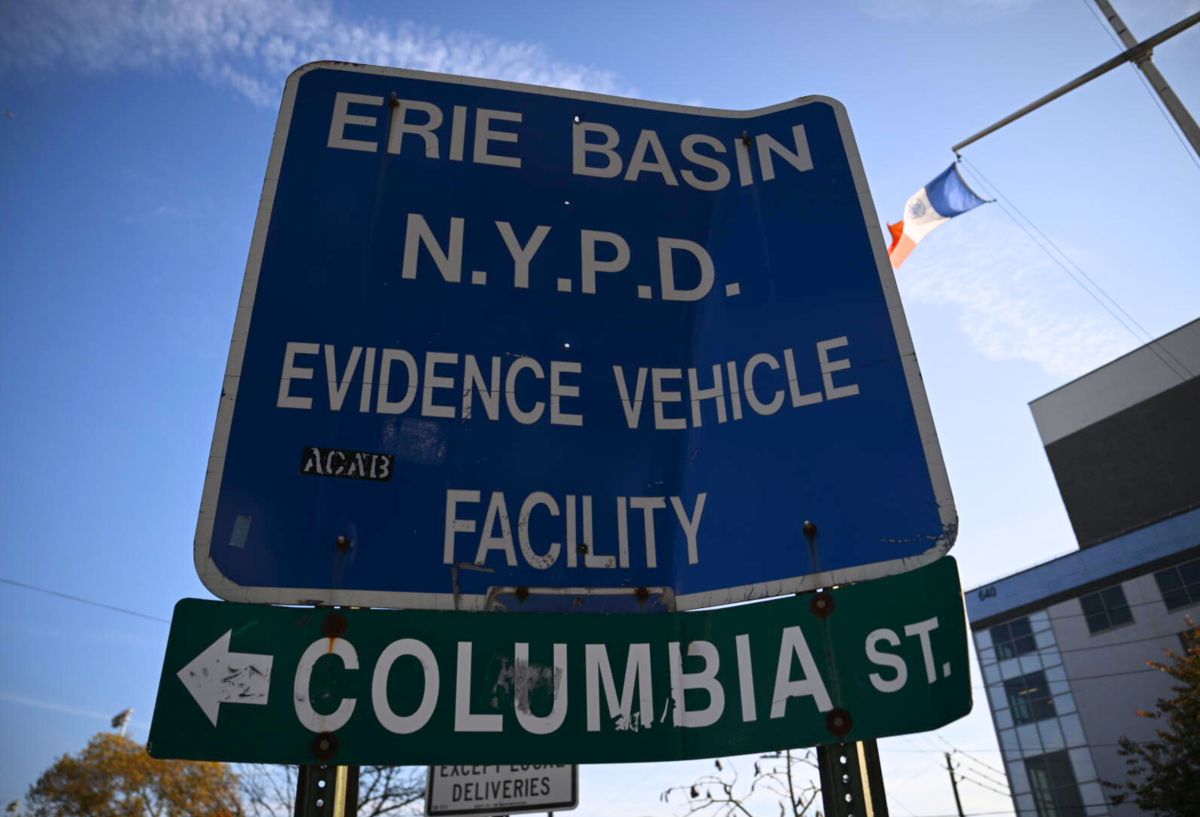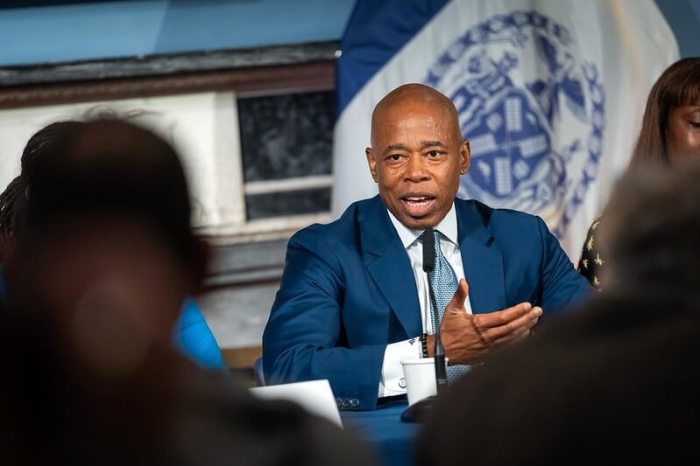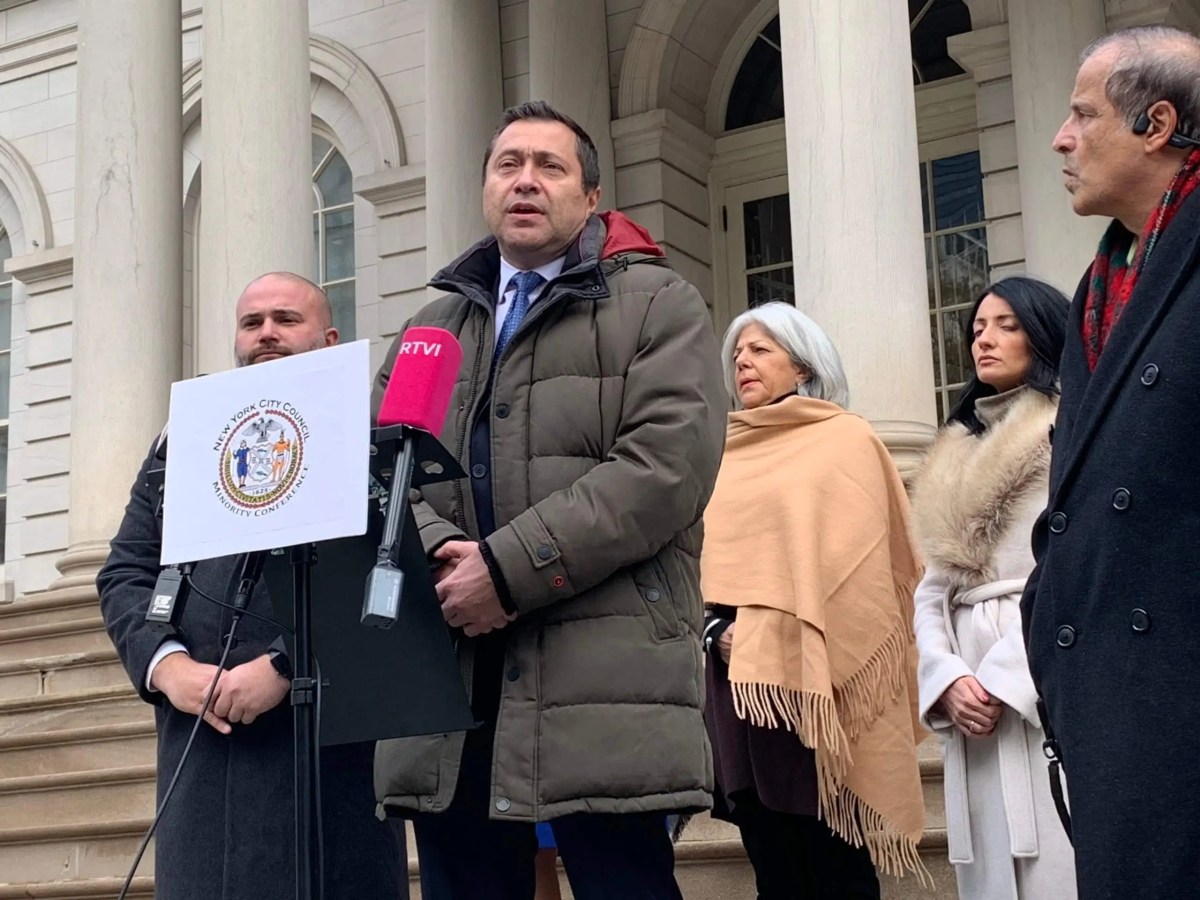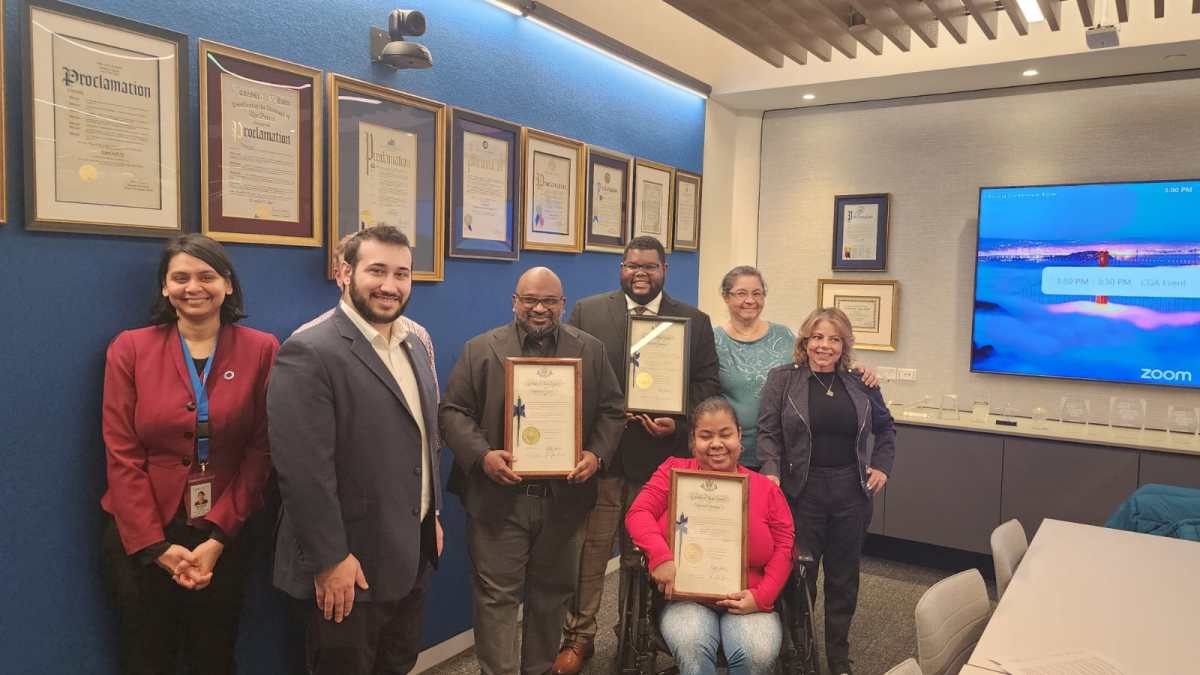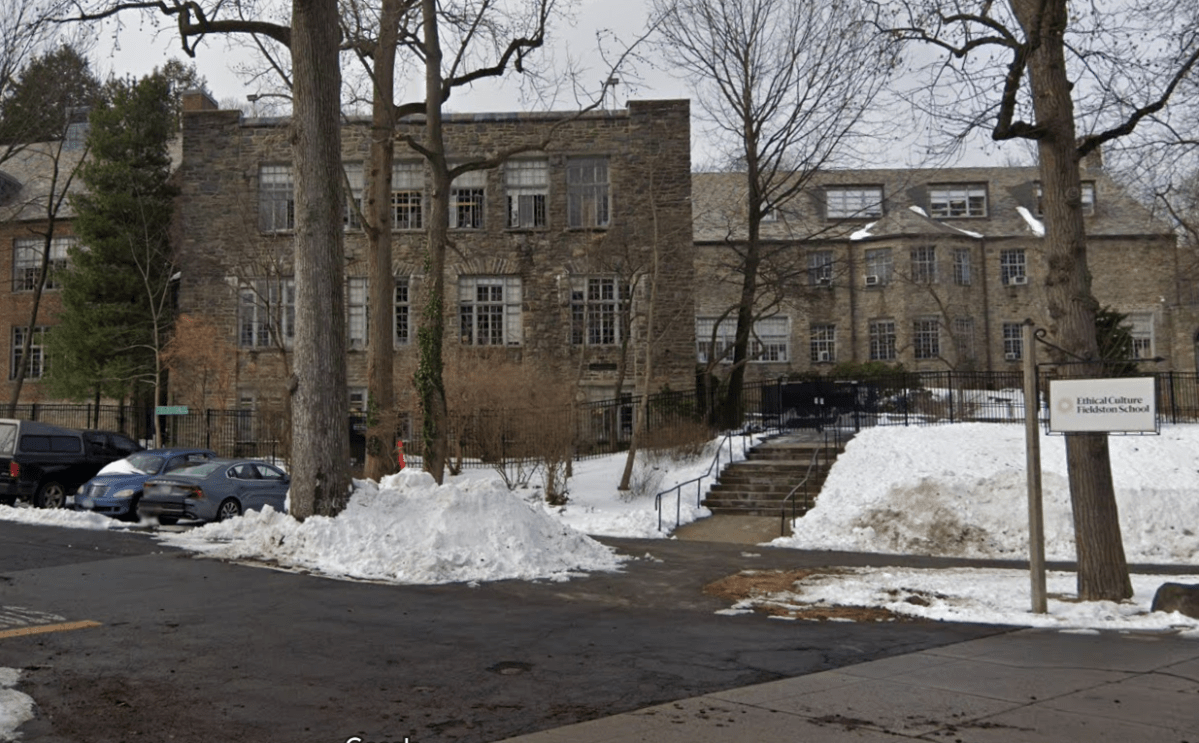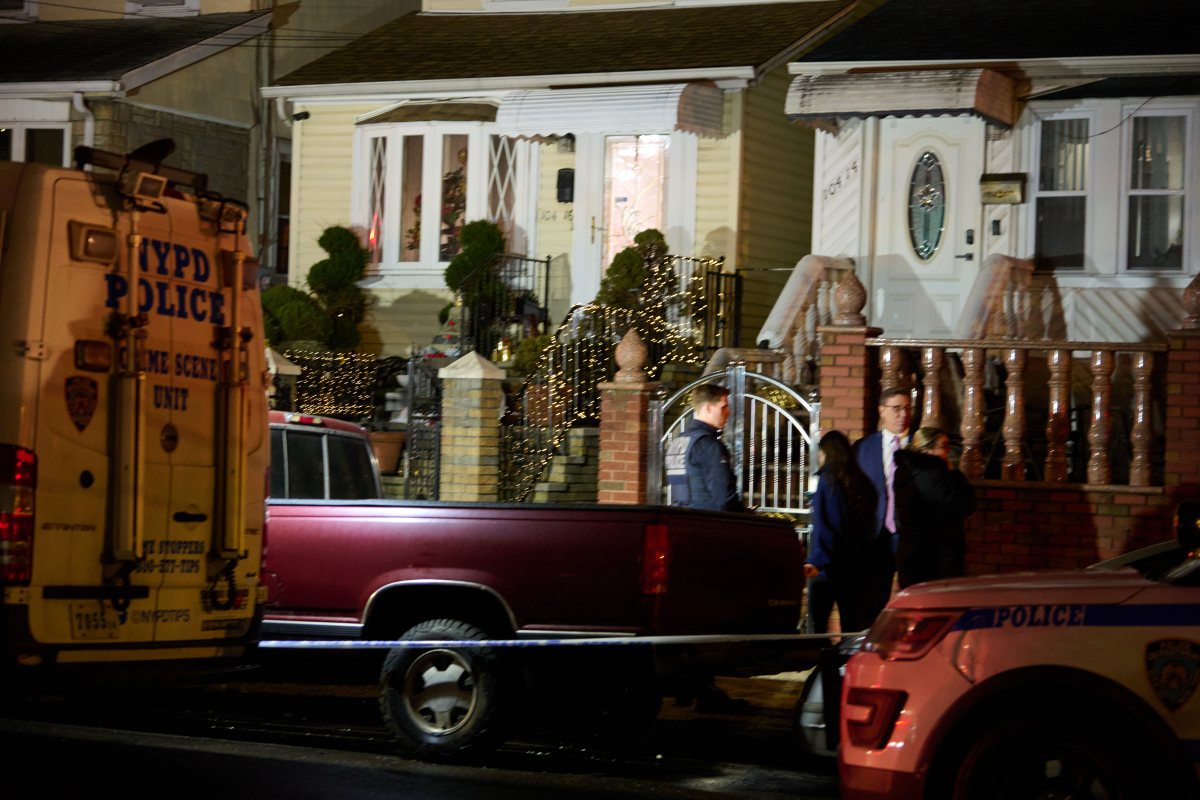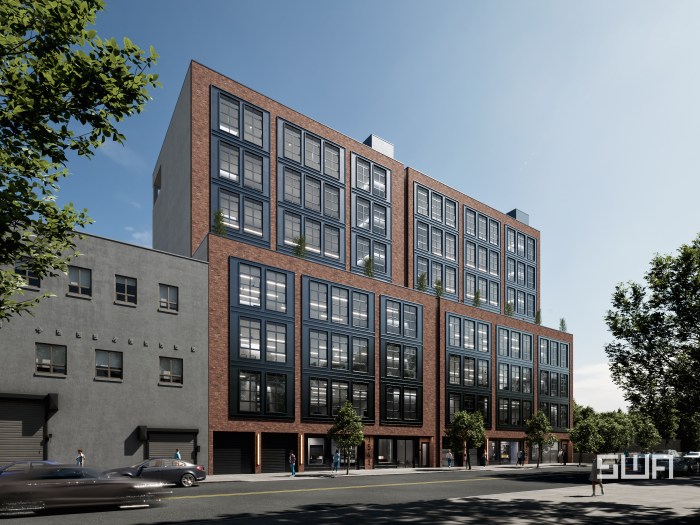BY ALEJANDRA O’CONNELL-DOMENECH | Two days after the United Nations held its climate summit, representatives from the New York League of Conservation Voters called on Wednesday for the implementation of the 14th Street Busway, which was stalled for a second time in August. “Breaking car culture and fighting climate change start right here at home,” said Danny Pearlstein, policy and communications director at Riders Alliance during the Sept. 25 press conference at the noisy intersection of 8th Avenue and 14th Street bordering Chelsea and Greenwich Village.

The busway is the Department of Transportation’s 18-month pilot program that would only allow for buses and trucks to use 14th Street between 3rd and 9th Avenues with local cars able to make drop offs and deliveries. The transit and truck only throughway, was a means to mitigate the effects of the L-train shut down and increase transportation times along the Ave. With the busway, the DOT planned to turn the M14 bus route into a SBS route. The plan was put on hold after attorney Arthur Schwartz filed a lawsuit against the MTA arguing that eliminating 12 bus stops on the M14 route creates an unnecessary burden for disabled residents nearby dependent to the bus route. This was the second lawsuit filed to prevent the busway. The original lawsuit was filed by several Manhattan block associations, represented by Schwartz, arguing the DOT did not go through a comprehensive environmental review before deciding to implement the busway. Environmental activists have touted the busway as progressive step towards a cleaner planet. According to 2017 data from the Environmental Protection Agency, the transportation sector accounted for 29 percent of the country’s total greenhouse gas emissions, the highest of any sector.



